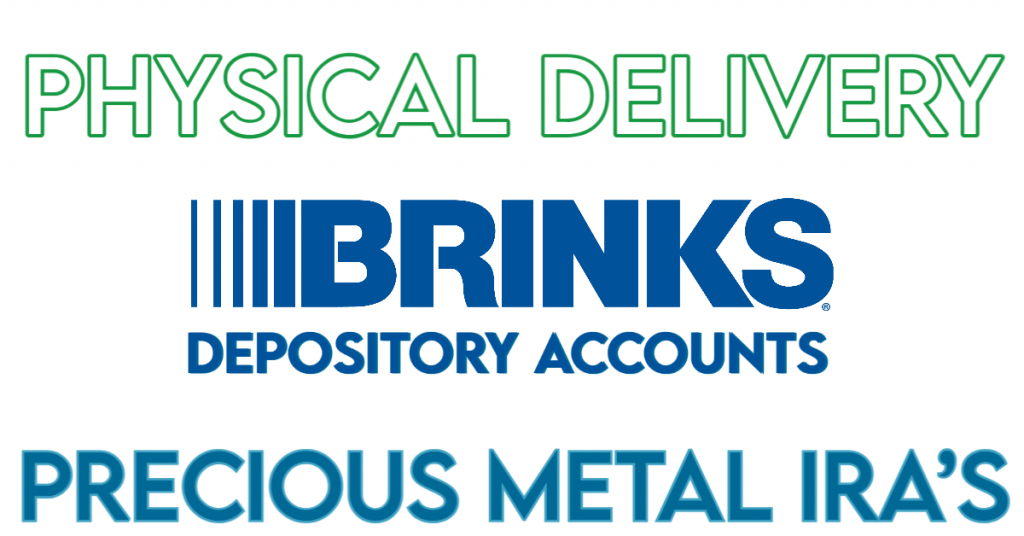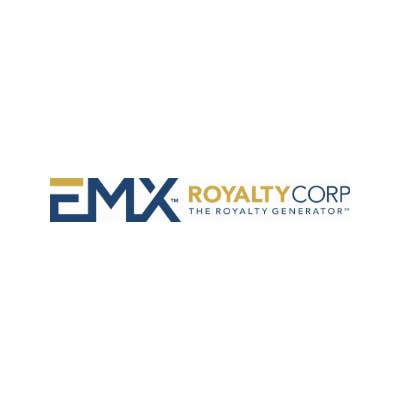KELOWNA, BC / ACCESSWIRE / March 18, 2024 / Diamcor Mining Inc. (TSX-V:DMI)(OTCQB:DMIFF)(FRA:DC3A), (“Diamcor” or the “Company”), an established diamond mining company focused on building a supply of ethically sourced, non-conflict, natural rough diamonds to some of the world’s most reputable diamantaires and luxury retailers, announces today that recently retired Tiffany & Co. executive, Mr. D. Wayne Howard, has joined the Company’s Board as an Independent Director.
“I am very pleased to announce the addition of Mr. Howard to our Company’s board as an Independent Director”, noted Diamcor’s CEO, Mr. Dean Taylor, “Having collaborated with Wayne at Tiffany & Co. over the years on the current and future direction of the diamond industry, and the growing complexities of securing supplies of non-conflict natural rough diamonds, I could not think of a better person to assist our Company at a time when our desire is to grow our business and position ourselves as a key additional source of rough diamonds to reputable diamantaires and luxury retailers” added Mr. Taylor.
“I look forward to working with Mr. Taylor, and to providing him with the insight, experience, and knowledge I have gained over the years to successfully grow businesses into larger entities”, commented Mr. Howard, “Dean and I share many of the same visions on the past, present, and future direction of the diamond industry, and we both believe that the opportunity exists to now position Diamcor for the future”.
Mr. Howard is a leadership expert and results-oriented executive with a creative, entrepreneurial approach to business issues and extensive experience as an international board member, with global experience with several NYSE listed companies. He has a demonstrated ability to improve profitability for companies by developing new strategies for growing revenues, reducing costs and improving operations. Wayne has held various senior executive positions over his extensive career including VP Finance, Executive Vice President Global Operations, Director of Marketing and Sales and business owner. Mr. Howard has extensive knowledge of the diamond industry and well-established relationships with key industry players. Most recently and prior to his recent retirement, Mr. Howard held various executive level positions at Tiffany & Co., including Divisional Vice President Diamond Supply – Operations Officer, Divisional Vice President Jewelry Supply – Operations Officer, and Vice President of Manufacturing. He is also currently Managing Director for NY based Peale Davies, an independent advisory firm that provides strategic and financial advice on acquisitions, private capital solutions, restructurings, M&A, and growth initiatives. His extensive career has also included positions as Vice President of sourcing and logistics with Cerberus Capital Management Portfolio Company, Profit Improvement consultant with DWH Solutions, as well as Executive Vice President of Global Operations for New York based International Flavors & Fragrances where he successfully improved return on invested capital, lowered costs, and successfully integrated the operations of a $1.0B acquisition. He has also served as Vice President of other NYSE listed companies including luxury retailer Nordstrom, and Unilever – Lipton. Mr. Howard has an Honours degree in Business Administration from Ivey Business School at Western University and has completed PMD at Harvard Business School.
Diamcor has agreed to grant Mr. Howard options to purchase 3,000,000 shares to be priced at $0.10 per share. The options will vest in accordance with the TSX Venture Exchange vesting requirements. All options will expire five years from the date of issue, and all options exercised will be subject to the required hold periods pursuant to applicable securities laws and TSX Venture Exchange policies.
About Diamcor Mining Inc.
Diamcor Mining Inc. is a fully reporting publicly traded diamond mining company with a proven history, which is focused on building a growing supply of ethically sourced, non-conflict, natural rough diamonds to some of the world’s most reputable diamantaire’s and luxury retailers. The Company has a long-term strategic alliance with world famous Tiffany & Co, and currently, its primary focus is on the development of its Krone-Endora at Venetia Project which is co-located and directly related to De Beers’ flagship Venetia Diamond Mine in South Africa. The Venetia diamond mine is long recognized as one of the world’s top diamond-producing mines, and the deposits which occur on Company’s Krone-Endora Project have been identified as being the result of shift and subsequent erosion of an estimated 50M tonnes of material from the higher grounds of Venetia to the lower surrounding areas in the direction of Krone and Endora. The Company is also focused on the acquisition and development of additional mid-tier projects with near-term production capabilities to allow the Company to position itself as a growing supplier of ethically and responsibly mined non-conflict natural rough diamonds to reputable diamantaires and select luxury retailers. The Company has a strong commitment to junior mining, social responsibility, women in mining, supporting local communities, and to protecting the environment.
About the Tiffany & Co. Alliance
The Company has an established long-term strategic alliance with Tiffany & Co. Canada, a subsidiary of world-famous New York based Tiffany & Co., to purchase up to 100% of the future production of rough diamonds from the Krone-Endora at Venetia Project at market prices. In conjunction with this first right of refusal, Tiffany & Co. Canada also provided the Company with financing in an effort to advance the Project as quickly as possible. Tiffany & Co. is now owned by Moet Hennessy Louis Vuitton SE (LVMH), a publicly traded company which is listed on the Paris Stock Exchange (Euronext) under the symbol LVMH and on the OTC under the symbol LVMHF. For additional information on Tiffany & Co., please visit their website at www.tiffany.com.
About the Krone-Endora at Venetia Project
Diamcor acquired the Krone-Endora at Venetia Project from De Beers Consolidated Mines Limited, consisting of the prospecting rights over the farms Krone 104 and Endora 66, which represent a combined surface area of approximately 5,888 hectares directly adjacent to De Beers’ flagship Venetia Diamond Mine in South Africa. The Company subsequently announced that the South African Department of Mineral Resources had granted a Mining Right for the Krone-Endora at Venetia Project encompassing 657.71 hectares of the Project’s total area of 5,888 hectares. The Company has also submitted an application for a mining right over the remaining areas of the Project. The deposits which occur on the properties of Krone and Endora have been identified as a higher-grade “Alluvial” basal deposit which is covered by a lower-grade upper “Eluvial” deposit. These deposits are proposed to be the result of the direct-shift (in respect to the “Eluvial” deposit) and erosion (in respect to the “Alluvial” deposit) of an estimated 1,000 vertical meters of material from the higher grounds of the adjacent Venetia Kimberlite areas. The deposits on Krone-Endora occur with a maximum total depth of approximately 15.0 metres from surface to bedrock, allowing for a very low-cost mining operation to be employed with the potential for near-term diamond production from a known high-quality source. Krone-Endora also benefits from the significant development of infrastructure and services already in place due to its location directly adjacent to the Venetia Mine, which is widely recognised as one of the top producing diamond mines in the world.
Qualified Person Statement:
Mr. James P. Hawkins (B.Sc., P.Geo.), is Manager of Exploration & Special Projects for Diamcor Mining Inc., and the Qualified Person in accordance with National Instrument 43-101 responsible for overseeing the execution of Diamcor’s exploration programmes and a Member of the Association of Professional Engineers and Geoscientists of Alberta (“APEGA”). Mr. Hawkins has reviewed this press release and approved of its contents.
On behalf of the Board of Directors:
Mr. Dean H. Taylor
President & CEO
Diamcor Mining Inc.
www.diamcormining.com
For further information contact:
Mr. Dean H. Taylor
Diamcor Mining Inc
DeanT@Diamcor.com
+1 250 862-3212
For Investor Relations contact:
Mr. Rich Matthews
Integrous Communications
rmatthews@integcom.us
+1 (604) 355-7179
Mr. Neil Simon
Investor Cubed Inc
nsimon@investor3.ca
+1 (647) 258-3310
This press release contains certain forward-looking statements. While these forward-looking statements represent our best current judgement, they are subject to a variety of risks and uncertainties that are beyond the Company’s ability to control or predict and which could cause actual events or results to differ materially from those anticipated in such forward-looking statements. Further, the Company expressly disclaims any obligation to update any forward-looking statements. Accordingly, readers should not place undue reliance on forward-looking statements.
WE SEEK SAFE HARBOUR
Neither TSX Venture Exchange nor its Regulation Services Provider (as that term is defined in policies of the TSX Venture Exchange) accepts responsibility for the adequacy or accuracy of this release.
SOURCE: Diamcor Mining Inc.
View the original press release on accesswire.com














